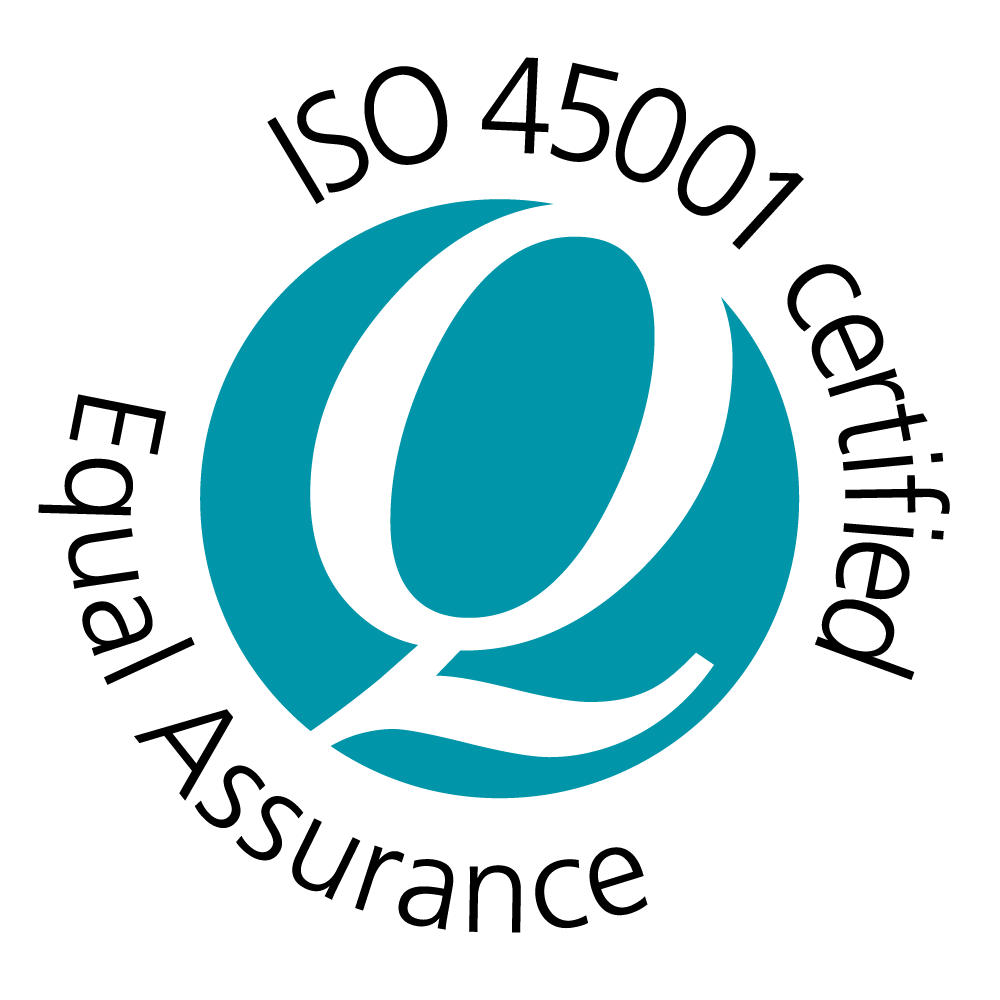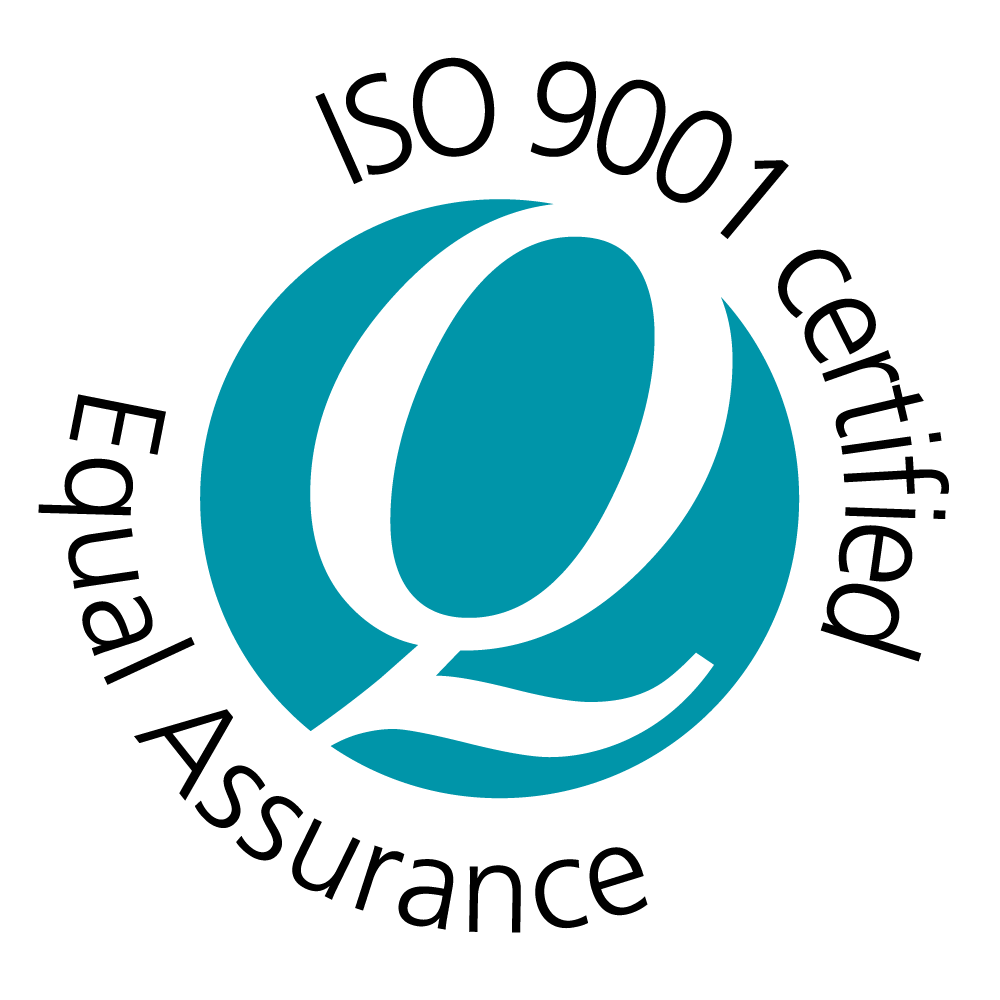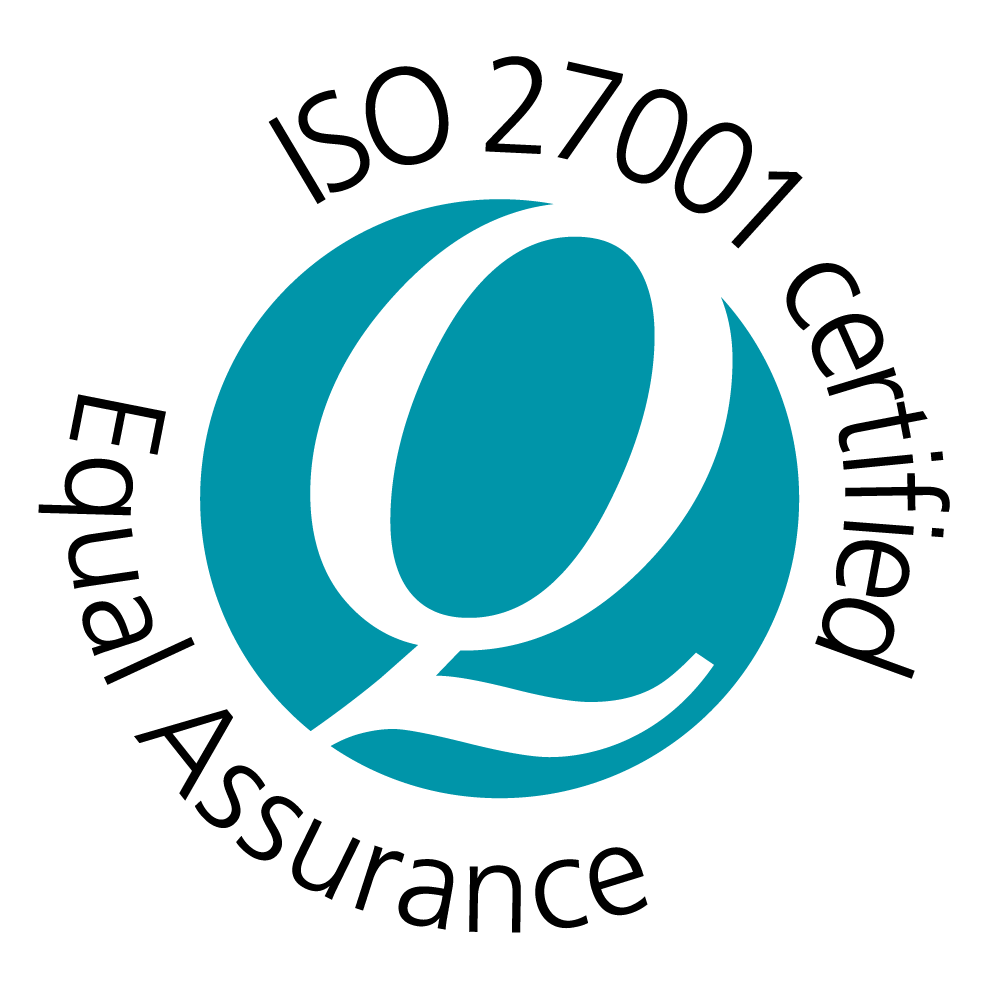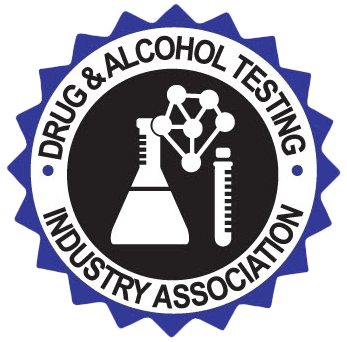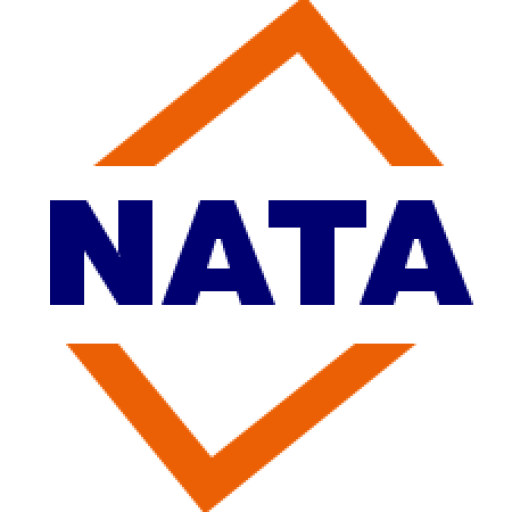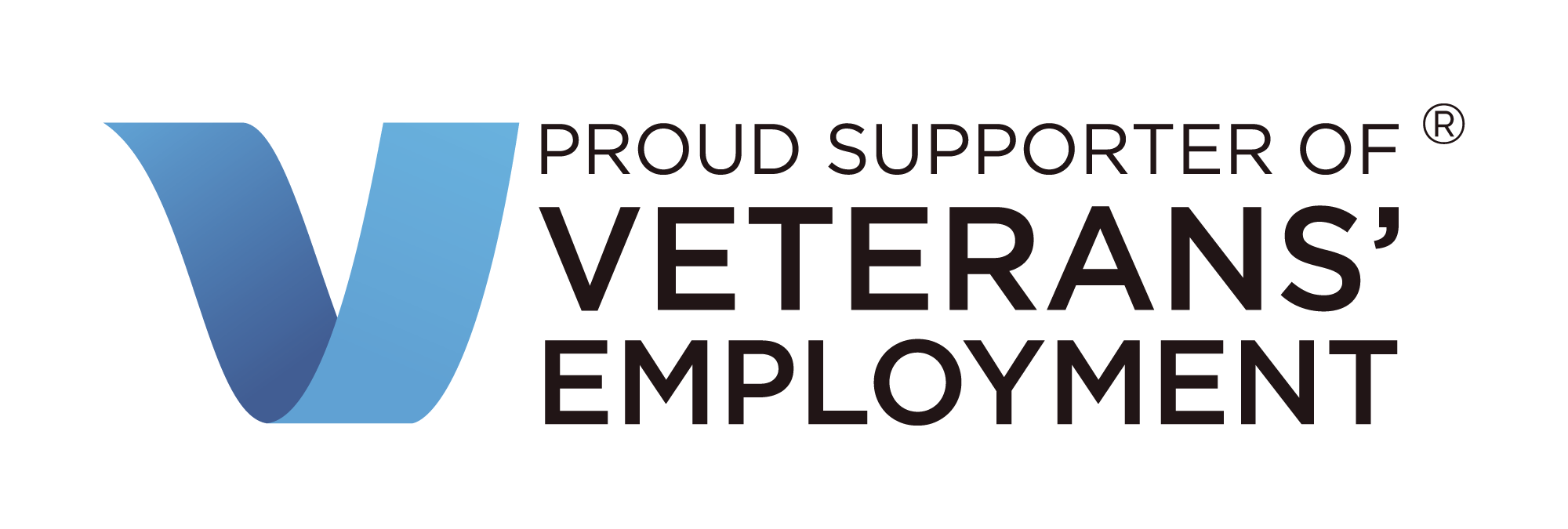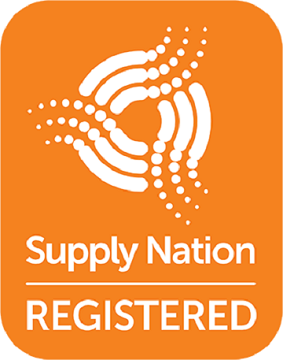
1. Stress, Self-Medication, and What History Teaches Us
Looking backward to move forward.
History truly is the best teacher for those wise enough to mine it for the knowledge it yields. Today, we have that opportunity to learn from two 21st Century events that impacted each of our lives and the research into how they shaped our behavior in the immediate aftermath and beyond. This wealth of learnings should inform our actions when COVID-19 is finally on the wane.
“Consensus is emerging among disaster researchers that psychological disorders and substance abuse increases in the aftermath of both man-made and natural disasters.”
Centers for Disease Control
Human suffering and substance abuse go hand-in-hand.
On September 11, 2001 the shocking realities of a national nightmare penetrated the comfortable cocoon of everyday American life. Each televised image of a cityscape forever changed and a gripping awareness that thousands of American souls had been lost to unknown assailants profoundly affected us. In the ensuing days, the magnitude of the event took shape and for many, shock gave way to a soul-crushing dread that life would never be the same. For some, self-medication was the only way to soften that very real pain.
On August 29, 2005 a Category 5 hurricane literally consumed swaths of New Orleans as catastrophic flooding overwhelmed a woefully inadequate levee system. With the city and its surrounding parishes underwater, roads impassable and rescuers overtaxed, more than 1200 perished. Once again, and for many months to come, self-medicating was how many coped.
Post-Traumatic Stress Disorder (PTSD) is most commonly associated with wartime military personnel who find it impossible to find a “normal” again, putting them at extreme risk for self-medication, substance abuse, or worse.
Researchers have found that PTSD and depression similarly occur in the larger population during times of extreme stress. And with those two comes the same tendency to self-medicate with alcohol or other substances accompanied by an increased threat of dependency or addiction.
Historical data is often a reliable predictor.
In 2002, the National Institute on Drug Abuse interpreted and shared a survey of New York City residents polled two months after the terrorist attacks on the World Trade Center. Conducted by the New York Academy of Medicine, its results provided the first scientifically-validated glimpse into how a population could be affected by a period of trauma.
- Nearly 10% suffered depression and 7.5% showed diagnosed symptoms of PTSD
- 20% of non-drinkers began consuming alcohol; 2.5% used marijuana for the first time
- For previous smokers and drinkers, 41% increased their consumption
Similarly, a 2016 study by the Centers for Disease Control based on data provided by the Louisiana
Department of Health and Hospitals found 35% more substance abuse hospitalizations after
Hurricane Katrina than previous to the event. Taken together, the two studies paint a picture of
how a population responds at times of high anxiety or stress, and certainly today’s climate is a
contributor to both.
The 24-hour news cycle is a powerful trigger.
Despite a healthy economy, the near-constant recent barrage of negative news and divisiveness
have taken a toll. A 2017 poll by the American Psychological Association found that nearly 60%
of respondents across each generation felt this was the lowest point in American history they
can remember; and that includes WWII, the Korean Conflict, War in Vietnam, 60’s social unrest
and bombing of the World Trade Center. Add to that a COVID-19 crisis, and you have a powerful
witches’ brew of anxiety-causing factors weighing on an increasingly weary public. In many cases,
people are quarantined at home, fearful of job loss and isolated from family and friends. And worse
yet, they are likely bombarded with negative news at a rate not seen since the last disaster.
As we rebuild our workplaces, what should we expect?
Truthfully, the very near-term future looks a lot like now. But at some point sooner than later, we go back to work. Returning and readjusting will come with anxieties and stresses all its own. And we live in a culture where liquor stores have been declared essential businesses during the current crisis. Let that sink in. Experience tells us that, for some, anxieties over the current crisis and stresses to come with returning to work will likely be tempered with liquor while others opt for a broad range of drugs. And if those substances find their way into our workplaces when we all return, we will have a whole new set of problems with which to deal.
Maybe all will be well, and no one returns with exacerbated chemical dependencies manifested in these unprecedented times. Maybe it is nothing on which any of us should dwell. But for the sake of the argument here is one closing thought. An additional study conducted six to nine months after the initial New York City 9/11 report by NIDA uncovered a sobering trend.
While rates of depression and PTSD were drastically reduced, substance abuse rates had not declined substantially. The results of both studies suggest that an increase in substance abuse after a disaster may be a cause for public health concern in the long term.
The workplace threat likely falls closer to what NIDA found than to what we wish it would be. Sadly, the chances are good that at least some of our coworkers will return with a new or heightened dependence on chemical relief. And being ready for that reality will be our collective post COVID-19 challenge.
2. A Shifting Threat and Why 70% is a Number To Remember
A Quick Recap.
In part one of our series “Rebuilding A Workplace After COVID-19”, we explored how 9/11 and Hurricane Katrina taught us that in times of trauma, substance non-users often become users and previous users consume more. These two events struck at the heart of America and profoundly affected those closest to their centers. They gave researchers sponsored by National Institutes of Health the perfect real-life laboratories to learn how people of multiple generations, ethnicities, professions and social stations respond to overwhelming trauma, the ensuing despair, and constant streams of negative news that come with such events.
What did those researchers learn?
- Mass Post-Traumatic Stress Disorder is a real consequence.
- Substance abuse is significantly increased.
- Hospitalizations for substance use increases.
- And most troubling, although PTSD largely subsided in a short period of time, substance abuse remained elevated.
In a very real sense, that same pattern of traumatic event, prolonged period of uncertainty and overwhelming sense of dread is in play today. The difference is scale; this directly affects everyone. We should expect the same behaviors broadly that we saw in New York City and New Orleans in 2001 and 2005. Rebuilding a drug-free workplace will be a challenge.
We know that in the not-to-distant future we will restart our workplaces. And we will assume that if you are reading this white paper, you want yours to be free of drugs and that you recognize the risks.
Look at the Math.
Why is 70% a number you want to remember? It plays into some of that math we should all look
at. In “Drugs at Work: What Employers Need to Know”, the National Safety Council (NSC) gives us
Substance Abuse Disorder (SUD) data to think about.
- 164M: people in labor force before COVID (Dept. of Labor)
- 21M: Americans with SUD (Surgeon General)
- 70%: percentage of drug users in labor force (NSC)
If we do the math, what do we find? We find that there
are 10X more people in the labor force who do not use
drugs than do.
- 70% X 21M = 14.7M drug users in the labor force
- 164M – 14.7M = 149M non-users in the labor force
Threats were changing even before COVID-19.
With roots in the late 1990’s the opioid epidemic continued into the past two decades, being declared a public health emergency in 2017 by the U.S. Department of Health and Human Services. But while opioids were stealing headlines, methamphetamines and cocaine—the psychostimulants—were making a comeback.
“The stimulant threat (methamphetamine and cocaine) is worsening and becoming more widespread…”
“2019 National Drug Threat Assessment”, DEA
Psychemedics data shows usage of these stimulants steadily rising since 2015, surpassing opioids’
positive rates in mid-2018 and still on the rise. Think about that. Two of the more dangerous drugs have quietly returned to leader status, and we should expect that their comeback is welcomed by some who are trying to suppress the feelings of hopelessness weighing on them at the moment.
Disrupted supply chains mean pent-up demand.
While the most crippling impacts of 9/11 and Hurricane Katrina were localized, with COVID-19 they are literally global. The illicit drug supply chain, like those in the manufacturing mainstream, has been disrupted.
According to the Terrorism, Transnational Crime and Corruption Center at George Mason University, huge amounts of the chemicals used to manufacture illicit drugs are sourced from a single firm—in Wuhan. That supply has dried up or gotten very expensive.
But illicit manufacturers are adapting.
The Center for Advanced Defense Studies reports price increases of 25%-400% for the China-sourced chemicals used in the manufacture of methamphetamines have driven cartels to staff their own scientists to control the process. They are literally transforming into an end-to-end manufacturer for two highly dangerous drugs.
When border security is relaxed and smuggling resumes at scale what is the threat? Given the cartels’ new capabilities forced by COVID-19 or small U.S. labs seizing an opportunity, a spike in stimulants that were already on an uptick now may be in even greater supply. Meth is a good bet.
On balance what does all this mean?
We learned from two nearly overwhelming tragedies that their impacts are felt immediately and sustained for much longer. For some, the only way to cope is to join the 21 million other Americans with substance use disorders and cope chemically. Sadly, after weeks or months of uncertainty and stress we can assume that some of our coworkers will return with new or heightened substance dependencies. Think of it this way. Those 15 million chemically dependent people and in the workforce before may be joined by more.
And consider this, Psychemedics data shows they may return to the workplace using those drugs that are nearly impossible to detect with many workplace drug screens. That, above all else, is why these three things are things you should be thinking about. Now.
3. Playing Defense – Things To Know About Detection & Deterrence
Offense is proactive. Defense is reactive.
Founding Father George Washington, early 1900’s heavyweight boxing champion Jack Dempsey and legendary Green Bay Packers football coach Vince Lombardi are all credited with using variations on this theme to frame their philosophies.
Washington used it to describe his philosophy of battle, Dempsey to characterize his aggressive ring style, and Lombardi to underscore the impacts of his innovative Packers Power Sweep offense of the late 1950’s. All three chose action over reaction.
They could be giving us a lesson for today.
Faced with the prospects of restarting an economy and returning workers to the workplace, action vs. reaction will be a critical factor in meshing workplace gears without adding to business risks that likely come with a post-COVID 19 restart.
What have we learned in the past few months?
In the first two pieces in this series, “Stress, Self-Medication, and What History Teaches Us” and “A Shifting Threat and Why 70% is a Number To Remember” we looked at the impacts of trauma and prolonged periods of stress on the populations after the soul-crushing events of 9/11 and Hurricane Katrina. What
insights did we take away?
- Nearly 15M people with Substance Abuse Disorder were employed in the pre
- COVID 19 workforce. Effectively, 70% of U.S. drug abusers were employed in the nation’s workplaces.
- The lessons of 9/11 and Hurricane Katrina show us that in this crisis substance use has likely increased—significantly.
- If New York or New Orleans history repeats itself we could see 5-10% more substance abusers in the labor pool than before the COVID crisis.
- Psychostimulants’ positive rates–the drug class that includes methamphetamines and cocaine–surpassed opioids’ positive rates on Psychemedics hair tests in 2018. And are trending up.
Deterrence Theory has a place in a drug program.
Deterrence Theory, the foundation for systems of laws, policies or rules, focuses on the cause-andeffect relationship between an action taken or avoided based on perceived gain or consequence. It relies on certainty of a penalty being assessed for an unacceptable action to deter one from taking that action. Without that certainty, the perceived gain outweighs the consequence and deterrence is sacrificed.
So how does this apply to Rebuilding A (drug-free) Workplace? There are two critical elements, each of which contributes to the overall objective of Deterrence.
- A test that assures Certainty of Detection
- Clearly articulated Consequences if detected
Organizations employing three best practices in their drug program, nearly always see positive rates drop.
- Clearly articulating consequences for usage.
- Employing a test method that cannot be evaded.
- Proactively educating people who will be tested about why the test method is certain to
detect drug usage
Why does this work? Certainty of Detection. People perceive that consequences outweigh gains and abstain from use or seek out a workplace that does not practice those fundamentals. It is Deterrence Theory practiced at its best.
As with so many things, the best measure of Deterrence is numbers. And those numbers—drug test positive rates—get lower and lower over time for companies that make “Deterrence” the key theme in their programs.
The chart illustrates the Deterrence impact of a well-designed drug testing program when employees know detection and consequences are certainties and abstain from use or drug users simply don’t apply. “The objective of the most well designed drug testing programs is not to catch drug users but to deter drug usage.”
The importance of test method on deterrence.
As we learned from those two nearly overwhelming tragedies in New York City and New Orleans, the 21M people in the U.S. with a Substance Abuse Disorder will likely be joined by others who have coped chemically with the stress of this latest crisis. We should be more rather than less diligent in re-creating a drug-free workplace. The formula starts with delivering disincentives for people who might use, and Certainty of Detection coupled with fear of Consequences is a powerful combination. It forms the “Offense” in ensuring a drug-free workplace. Establishing this disincentive—the Deterrent—relies on three critical components.
1. A wide window of detection
As evidenced in Part 1 of our series, post-9/11 substance abuse did not lessen when the initial round of PTSD subsided. Where a urine or oral fluids test detects usage up to a few days back, a hair test looks back 90-days. Short term abstinence fails as an evasion tactic, reinforcing the threat of detection as one lynch pin for long term deterrence.
2. A test method that cannot be evaded?
A quick Google search yields thousands of discussions, hundreds of solutions and myriad products that claim to thwart drug tests. Nearly all deal with urine testing. For the re-staffing that will come with opening up the economy after COVID-19, relying on a urine test alone is simply not adequate. The drugs on an up trend—psychostimulants—slip by it and abstaining for just a few days generally ensures a passing grade. Adding hair is insurance against evasion.
3. Testing with hair…and making it common knowledge
When employees and applicants return to the workplace, they should know that users are certain to be identified. A Psychemedics hair test delivers the certainty of detection. Simply communicating that it will spot usage 90-days back and can’t be evaded with techniques that work for urine tips the scales in favor of Deterrence.
Is the best defense truly a great offense
While deterrence is the objective, the COVID-19 crisis taught us that preparation, execution and measurement are critical in dealing with a a pandemic. Substance abuse is, at the least, an epidemic. As we Rebuild The Workplace, applying those lessons learned to our drug testing efforts just makes sense.
Playing offense just makes sense.
Download the Case Study paper here.
